I succumbed. I could not resist. I bought a PlayStation Vita 3G Value Bundle set, Hong Kong Import Edition.
The Value pack I got includes the following:
- PlayStation Vita 3G/WiFi
- Ultimate Marvel vs. Capcom 3
- Accessory Pack
- 4GB PlayStation Vita Memory Card
- PlayStation Vita Leather Case
- PlayStation Vita Game Cartridge Case
- Wrist strap for PS Vita
- Screen protector
- Micro fibre cleaning cloth
First Impressions
The PlayStation Vita is one huge machine for a portable gaming console. The first thing that caught my eye was the 5″ OLED touchscreen which seemed to be the same size as the entire iPhone 4. The screen’s resolution sits at 960 by 540 pixels with a resolution of 220 pixels per inch.
The build quality of the console feels pretty solid and sturdy. However, the PlayStation Vita promotes fingernails growth as almost every card slot has a cover which almost requires you to use your fingernails to open. I had to carefully pry open the covers, fearing I would damage the exterior with my fingernails. Even the SIM card tray needs to be extracted with a fingernail.
Another thing that irritated me was the high gloss finish which resulted in a finger print magnet. Thankfully, the accessory pack had a micro-fibre cleaning cloth to get rid of those.
Also included in the PS Vita accessory pack is the leather case, which also doubles up as a stand. However, it does not offer much protection as it does not cover the edges of the PS Vita. Gaming with the leather case on was also awkward as the top and bottom covers dangle below, adding weight to the system. The wrist strap was pretty useless as I normally hold the PS Vita securely with both hands. I do appreciate the PS Vita game cartridge case as I figure that will come in handy when I get more games in the future.
The sound from the PS Vita speakers is pretty clear, audible with enough power in the speakers to play sounds in a high volume. It was loud enough that when I was playing the PS Vita in the train, I had to turn down the sound to ensure it does not disturb surrounding commuters. There are also an in-ear headphones made for the PS Vita that comes with an microphone for VOIP chats, sold separately. Another feature I appreciated was the standby feature retained from the PlayStation Portable, where a gamer could simply switch off his PS Vita while gaming, then turn it back on and continue exactly where he left off. This really helps gaming on the go a lot.
Gaming on the PS Vita
As mentioned earlier, the 5″ OLED screen really packs a punch when it comes to the PS Vita’s gaming experience. In this review, I played Ultimate Marvel vs. Capcom 3 which came with the bundle set. Watching the opening sequence of UMvC3 was a mind blowing experience in which the high resolution 5″ OLED screen which displayed the saturated colours brightly with a high degree of clarity. I noticed very minor colour banding, but it was only because I was closely scrutinising the screen’s pixels.
Most of the time, I noticed loading times were a bit slow, especially for the first few loads of the game. However, the moment I’m actually in the game, I did not experience any lag or frame rate issues. One new feature for the PS Vita’s UMvC3 was a mode to allow you to use the touch screen to play the game. In this mode, all you need to do is to use the analogue stick to move your character towards the enemy and start tapping on the screen to initiate combos which juggles the opponent. Sometimes, tapping will also follow up with an hyper combo which almost always hits as the AI automatically detects if the combo will hit the falling opponent. I immediately felt like a pro and suddenly had no difficulty using any character.
I later figured out that I could activate the rear touch screen to do exactly this too and my gaming experience was enhanced as my fingers no longer blocks the screen. Cheesy, if you asked me. But cheesy but fun in a strangely relaxing manner. I believe this will appeal to the casual gaming crowd but will put off the fighting game purists. Therefore, in the multi-player match, you can off your touch controls and filter out opponents who uses touch and you can have a fair fight.
I managed to connect with a friend to play an online match of Ultimate Marvel vs. Capcom 3 over WiFi. It took me some trial and error to get a game started as when it comes to network play, the UI is all in Japanese. Performance was pretty smooth with a few occasional jerks, but none were serious enough to interrupt my gameplay experience. It is basically the same performance I get on my PlayStation 3 and Xbox 360 with a good connection.
Controls and Buttons
For a device with a fairly large foot print, the buttons seems very small. The d-pad and the four action buttons are smaller in size when compared to the PSP. I had no issues with the d-pad and in fact loved the fact that the d-pad is now joined together in the centre unlike the PSP, evoking the d-pad on the classic Megadrive gamepad. This really helps d-pad users to hit diagonals in fighting games while not getting in the way of FPS games where the d-pad is used as a menu to swap weapons and modes. The analogue sticks are also situated higher then the one found regular PSP.
The PS Vita boasts not one but two capacitative touch screens on the front and rear of the device, along with a built-in accelerometer. With these features, the PS Vita is now able to stand toe-to-toe with any mobile game and may even overshadow those. This is a very safe and strategic move to combat the current domination of mobile gaming by iOS and Android games as with hardware parity, developers will find it easier to port popular mobile games to the PS Vita. One advantage of having a rear touch screen is that I could still hold the console with two hands and still comfortably use the touch controls. I need not touch the front screen and block my view of the screen with my fingers.
A new feature of the PS Vita is that it now sports a GPS and two cameras, on the front and back. These were designed with augmented reality games in mind. I feel this has the potential to revolutionize gaming on the go. The down side is that the concept can be easy replicated on smart phones these days. Whatever it is, it definitely opens up the possibility to add in a new genre of gaming.
Software UI and Apps
Moving away from the PS3’s Cross UI, the PS Vita follows the iOS and Andriod icon-and-grid style of UI with Sony’s own elegant design tweaks. All navigation is by touch only and it feels very sleek and responsive with hints of subtle sound effects accompanying your actions. However, being an old school gamer who is very used to using a d-pad or analogue stick to navigate menus, I wished for an option that enables me to use the d-pad for navigation.
However, it was really quick and easy to familiarize myself with the PS Vita’s user interface. Flicking your finger up and down changes the pages of the PS Vita. Tapping to open an app will give you a preview of the app. If you want to launch it, you actually press the centre of the app preview to really open it. If you wish to close it, simply swipe off the preview page the same way you “peel off” a sticker. This is also the same method to unlock your PS Vita in sleep mode. Although this took me a while to find out, pressing the PS Home button now shows a list of all currently open apps in a cascade and you simply tap on an app to reopen it.
Chatting using the Friends app was quite a surprise. The messaging system is very much like an SMS, where you even have a progress bar informing you that the message is being sent. I was hoping it would be more like traditional instant messaging software such as Skype or MSN, where a message is sent instantly.
The two apps announced on the Sony’s website, Skype and Facebook, which I was looking forward to were not ready at the time of writing. Therefore, I resigned myself to surf FaceBook using the browser. On load, I noticed the websites displayed using the browser seemed a bit blurrish, and definitely did not capitalise on the full capabilities of the 5″ OLED screen. However, this does not affect the readability of the words on the websites. For those used to touch-capable smartphones, gestures like pinching and expand works as you expect them to, and there is a nice stretch and bounce back animation on the web browser to show you have reached the end of the web page. Surfing FaceBook kept giving me JavaScript errors and there was no flash support for YouTube. As cool the browser app is, it definitely has lots of room for improvements to be made in the future.
Connectivity and (the Lack of) Backwards Compatibility
If you own a PSP and upgraded to the PS Vita, you’re pretty much screwed. The PS Vita has no UMD card slot to play your old PSP games, as games on the PS Vita are using what seems to be a modified SD card. You’ll have to abandon your PSP’s Sony Memory Sticks too as the PS Vita uses a new proprietary memory stick, supposedly to combat piracy.
Oddly, the recently released Sony Ericsson Xperia PlayStation Play phone does not seem to integrate at all with the PS Vita ecosystem, as there are no mention of cross-compatible games. None of the PlayStation Play mobile games were found in the app store. It could be due to the fact that the PS Vita does not run on Android OS. Therefore, I doubt you can actually port over your purchases from the PS Play.
One of the main reasons I bought a PS Vita is that I am a lazy gamer who likes to play games on handheld consoles lying in my bed before I sleep. With that in mind, I embarked on a quest to update my PlayStation 3 and PS Vita firmwares to experiment with the remote play feature so I could get some nice PS3 game time on my bed using the PS Vita.
When I managed to connect the PS Vita to the PS3 using the remote play feature, the first thing I noticed was that the PS Vita’s screen displaying the PS3’s Cross UI had a reduced resolution. To stream video wirelessly, the graphics quality was reduced significantly. I experienced minor lag even while trying to navigate the menu option. Undaunted, I attempted to play Winning Eleven 2012 using remote play only to get a big slap on the face when a popup message told me that the game content was not supported.
When Sony announced the remote play feature for the PS Vita, I was under the impression all PS3 games would support this hardware feature. It was only then that I realized only certain developers had enabled their games to support remote play. A quick check on the Internet showed that it was mostly PSN downloadable games which could use this feature. Hopefully, all future PS3 games will support the remote play feature.
Hoping to capitalize on the 5″ OLED screen as a media centre to view photos, play music and view videos, I connected my PS Vita to the PC via USB to transfer my media files. I was prompted to download a content manager software on the PC. My plan was thwarted when I found out I needed to log into a PSN account to access the content manager. I was hoping I could simply use the 4GB memory card to store my media files, the same way I connect my cameras, Android phone and Android tablet to the PC to copy files. Once the PS Vita’s content manager was connected, copying of files using the took quite fast though.
The PlayStation Store and its region
The PS Vita only supports one PSN account per memory card. This means users will have to choose carefully which region they would like to lock the PS Vita to, or have to purchase multiple memory cards. Selecting the region will not affect which games can run on the PS Vita as all games are region free. The only difference is how fast your game updates, which DLC content is available to you and whether you are entitled to region-specific games discounts on the PSN Store. Judging from the track record of the PS3, the account with a US region always gets the best deals and the fastest updates. Setting it to the local Singapore region may result in a slight delay of updates and DLCs.
My set is currently locked to the Hong Kong PlayStation store as the Japanese Playstation store is in Japanese language. In there I already found some PSP games for sale: God of War: Ghosts of Sparta, Patapon 3, Grand Turismo and Monster Hunter Portable 3. The PSN store also offers three free PS Vita demo games which are Gravity Rush, Dynasty Warriors Next and Uncharted – Golden Abyss.
Dollars and Sense
If you have read this far, a big question must be floating in your mind: “Should I buy the parallel imported PS Vita now?”
On a hardware level, the PS Vita is a device which rivals or out-does current generations tablets with its quad-core processor and quad-core graphics processing unit. With import sets priced at about S$625 with a 3G connectivity, accessories and a game it is reasonably priced. However, I would still recommend everyone to hold their horses and not jump onto the PS Vita bandwagon so quickly and instead adopt a wait-and-see attitude.
Due to sluggish sales of the PS Vita in Japan, a price cut like similar to what Nintendo did for the 3DS is imminent according to market analysts. Some sources even speculate that the cut will come as early as the US launch date on 22 February. In fact, Sony has already cut their memory card prices for the US launch.
Purchasing the PS Vita now will also mean you pay the inflated parallel import prices while only having access to a game library which has mostly games in Japanese language. Locally, only PS Vita bundles are available. According to Qishan, prices range from $525 to $650 depending on the set’s 3G or WiFi-only options. The bundled game in the bundle also makes a difference in pricing too, which to be honest makes no sense as all games are retailing for the same price. This is probably due to different popularity of different games.
Currently, the most popular games would be Dynasty Warriors Next and Uncharted- Golden Abyss. Uncharted – Golden Abyss is the only game in English too. Ultimate Marvel vs. Capcom 3 is a popular choice too. However, it only comes in a 3G bundle and you’ll have to put up with the occasional Japanese text in form of subtitles and game story.
Conclusion thoughts about the PS Vita’s future
In conclusion, the PS Vita is essentially a high-powered tablet, enhanced for gaming with additional analogue controls. The PS Vita is definitely very future-proofed with its high end hardware, which allows Sony to be flexible with their mobile console strategy and gams line up. They now have the option to flood PSN with budget-value games or continue with the cartridge model. With its twin cameras and GPS, the PS Vita could further advance the augmented reality games genre.
The PS Vita faces tough competition with converged mainstream gaming-capable devices such as the iOS and Andriod devices in the form of a phone and tablets. But due to its focus on gaming, it may be able to withstand the competition. Although the 3DS has inferior graphics and online store, the Nintendo 3DS also poses a threat to the PS Vita as it has a much cheaper price.
Gamers may want to wait for the inflated parallel import price to drop when the PS Vita is released locally and in the US. Due to sluggish sales in Japan, there is much speculation the price may drop further.
Meanwhile, I look forward for the official launch of the PS Vita in Singapore on 22 February so that more of us can enjoy this quality gaming console.
- Related Items
- PlayStation Vita
- Sony




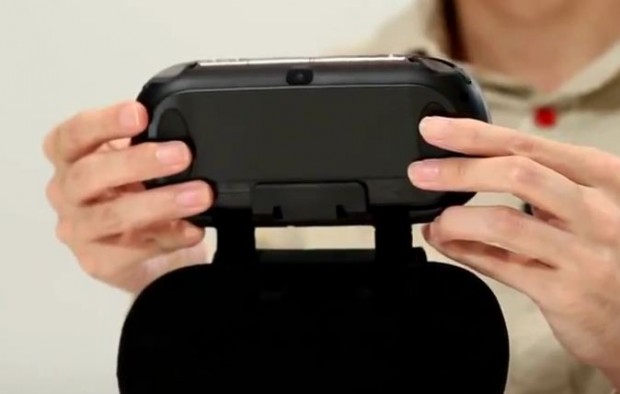
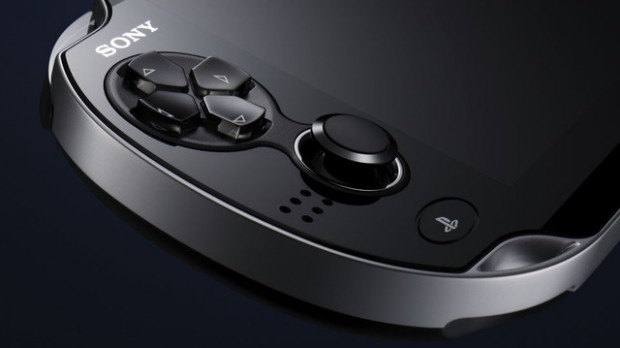
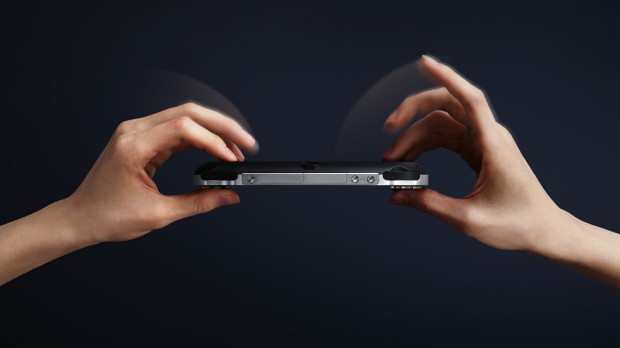
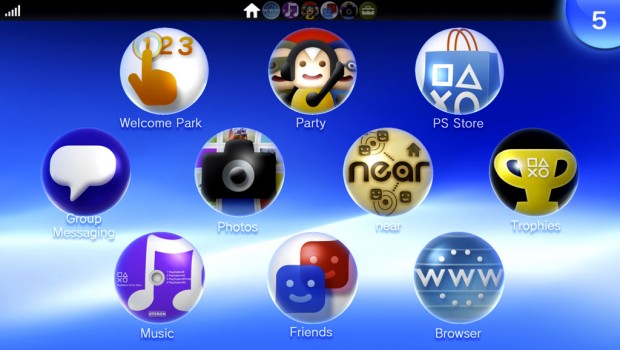
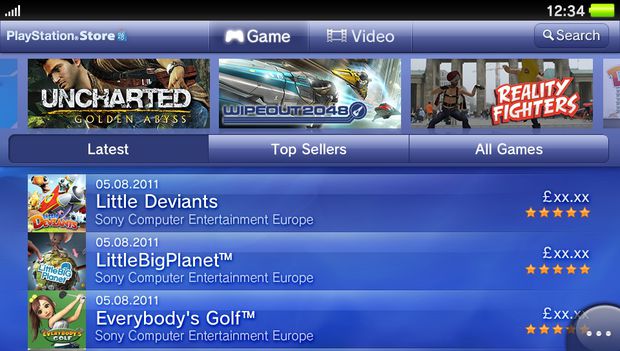





Have your say. Add your comments: